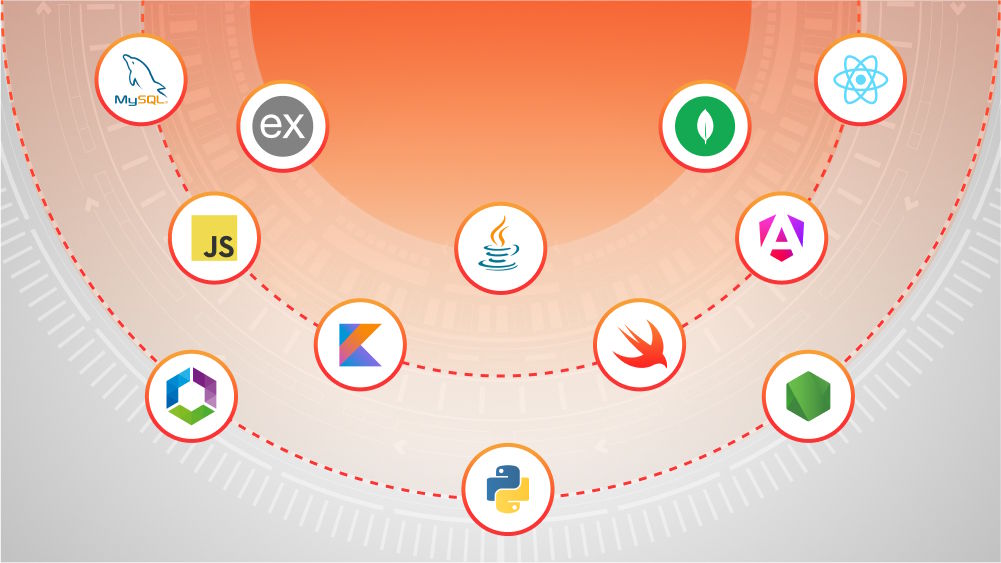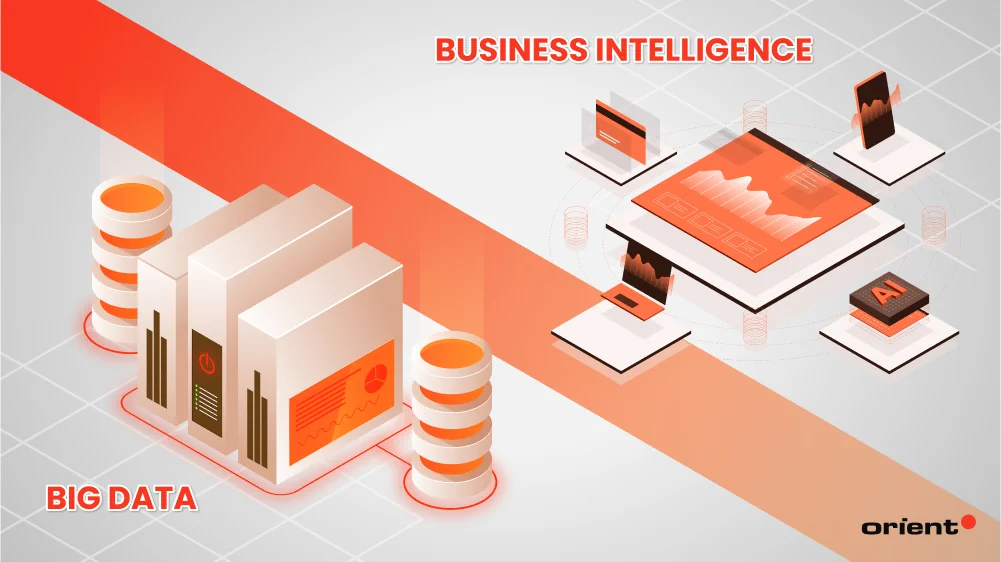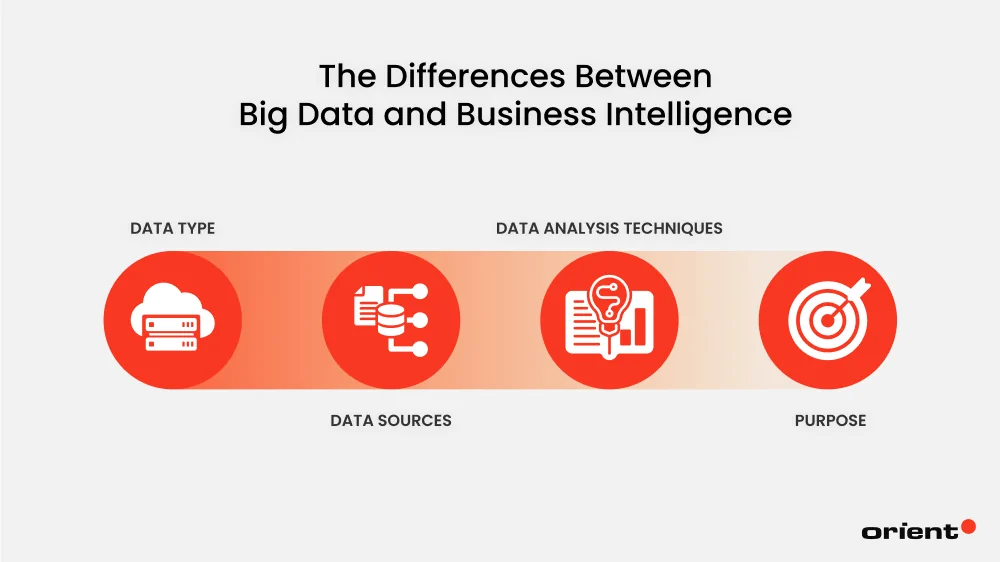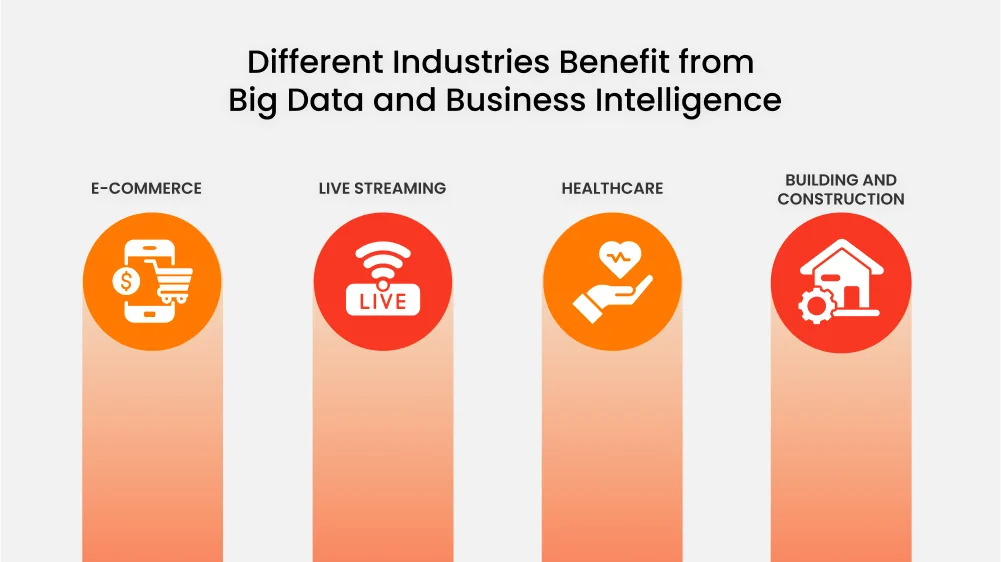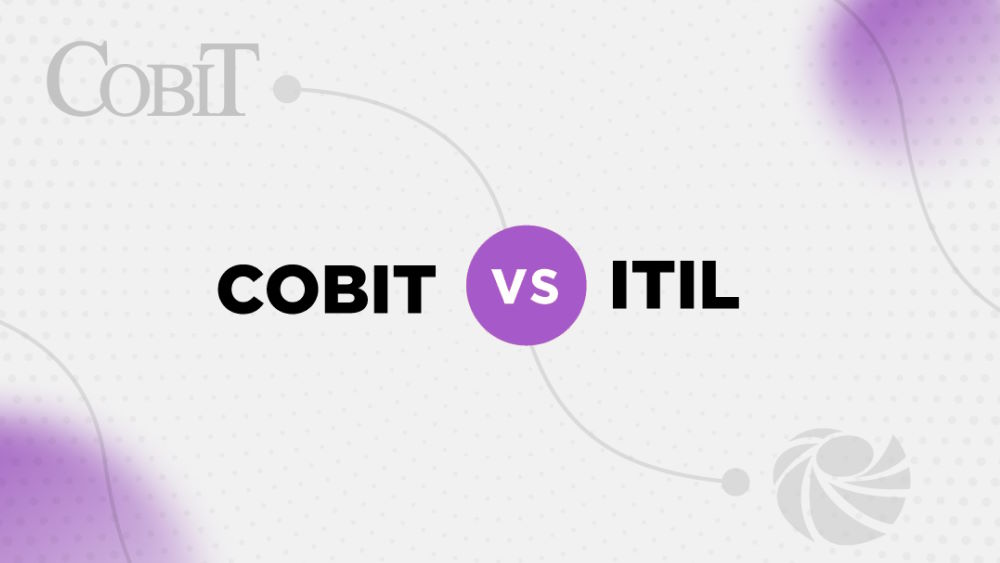Businesses use data every day to make important decisions. This could be reviewing sales data to determine how well a product or service is selling. It could also be monitoring social media activity to create contextually relevant and engaging posts. Either way, data is the backbone that drives all sorts of decisions that impact businesses significantly.
![Big Data Vs. Business Intelligence]()
However, managing data has become increasingly complex over the years, especially with the advent of big data. This has led to some confusion over the terms big data and business intelligence (BI), of which there are key differences between the two. And understanding those differences is vital to maximizing the potential of your business’s data.
Read on to learn more about the differences between big data and business intelligence. We’ll provide basic definitions of both terms, explore their differences in detail, and help you decide when to choose the right data collection method.
Key Takeaways:
- Big data refers to data that is large, available in various types, and collected from multiple sources. BI is a collection of tools, systems, and software used to important large data streams and generate meaningful insights.
- Understanding the differences between big data and BI can help businesses give their data strategy focus, gather valuable insights, and action those insights to generate positive outcomes.
- Partnering with a company specializing in data science services can help your business define your targets and goals, gather valuable insights in real time, and make more informed decisions.
What Is Big Data?
Big data is data that is large in size, collected from various internal and external sources, and available in structured, semi-structured, and unstructured types. The main characteristics that best define what big data is is the 3 Vs – Volume, Velocity, and Variety.
![What Is Big Data?]()
Firstly, Volume refers to the size of the data sets, which for big data can encompass several thousand terabytes or even petabytes. In fact, estimates show that the volume of worldwide data created is expected to reach 182 zettabytes in 2025 and 394 zettabytes by 2028, according to a 2024 report by Statista.
Secondly, Velocity is the speed at which data is collected and how fast it grows. Therefore, businesses must account for the allocation of storage space when incorporating a big data strategy.
Lastly, Variety refers to the varied data sources and data types. Big data may come in the form of structured data from internal company spreadsheets, or in the form of unstructured data from external social media content.
In most cases, traditional data analysis techniques cannot process big data.
What Is Business Intelligence?
Business intelligence (or known as BI) refers to the use of specific tools, systems, and processes to gather valuable insights from raw data with the intent to facilitate more informed decision-making. Stakeholders can then use these insights to improve their business in many ways. They can identify growth opportunities, streamline internal business functions, and enhance the customer experience.
![What Is Business Intelligence?]()
Whereas big data is raw, unprocessed, and (primarily) unstructured, BI is all about gathering insights from structured internal data. This is achieved by using tools designed to help businesses collect, analyze, and present structured data in an easily understandable way.
Examples of popular BI tools include Tableau, Microsoft Power BI, and Zoho Analytics. Due to the increasing adoption of cloud-based BI solutions, the global BI market size is expected to reach USD 38.48 billion by 2033.
What Are the Differences Between Big Data and Business Intelligence?
Despite the terms ‘big data’ and ‘business intelligence’ often being used interchangeably, the two are very different.
One refers to a subset of data that is too complex and large to be processed with traditional data analysis techniques. Meanwhile, the other refers to the collection, analysis, and interpretation of structured internal data to support more informed decision-making.
Below is a detailed breakdown of how big data and business intelligence differ and what those differences mean for businesses wanting to make better data-driven decisions.
![What Are the Differences Between Big Data and Business Intelligence?]()
Data Type
As we covered previously, big data comes in many types, from structured to semi-structured to unstructured.
Structured data has a predefined schema, meaning it can be processed with traditional data analysis tools and methods. Semi-structured data doesn’t adhere to a strict model but still has some semblance of structure (e.g., metadata and tags). Unstructured data does not follow a definite schema or set of rules, making it difficult to process using traditional data analysis tools and methods.
Since BI works primarily with structured data from internal sources, it can be managed using traditional tools like relational databases and conventional data warehouses.
Data Sources
Big data encapsulates large volumes of data from various internal and external sources. Internal sources may be databases, dashboards, and sales data. Meanwhile, external sources may include social media content, geolocation data, and data from Internet of Things (IoT) devices.
BI involves working with primarily structured data from internal sources only. This means the collected data follows a consistent data model with clearly identifiable labels and characteristics, making it easy to manage using traditional data analysis methods.
Data Analysis Techniques
Big data cannot be processed using traditional data analysis techniques. It is too large in size, complexity, and variety to manage using conventional BI tools.
Big data technologies (E.g., Hadoop and NoSQL databases) allow for the processing of large, complex datasets. They use advanced technologies like machine learning, natural language processing (NLP), and predictive analytics to discover new insights and opportunities.
BI tools facilitate the collecting, organizing, and presenting of structured internal data. They use traditional data analysis techniques like online analytical processing (OLAP) and data mining to extract insights from historical data. These are tried-and-true data processing methods that have been proven to help businesses monitor performance and make informed decisions.
Purpose
The main purpose of big data is to identify and capitalize on previously unforeseen opportunities. It can help businesses identify historical trends and patterns, iron out weaknesses in key business operations, and anticipate potential emerging events. It involves exploring the unknown, revealing insights typically not found through traditional means, and gaining a deeper understanding of complex situations.
BI is primarily used to make sense of known situations and events. It aims to provide answers to questions that the business is already asking. It can help confirm or dispel assumptions, identify key problem areas, and recommend viable solutions. From there, stakeholders such as managers, executives, and analysts can take action on these findings to improve key business functions.
Let’s say the sales team wants to know a product’s sales history. They use BI tools to monitor sales metrics, such as the total number of units sold and the percentage of sales that took place when the product was being sold at a discount. If the majority of sales came from discount periods, the sales team could share this information with the product managers, who can explore more cost-efficient manufacturing methods to bring down the cost of production and pass on the savings to customers.
How Do Different Industries Benefit from Big Data and Business Intelligence?
Different industries use big data and BI tools differently to achieve specific outcomes. The right approach for your business depends on your industry and organizational needs.
Approaching a data science services provider like Orient Software can help you leverage the potential of your data to the fullest. With experience creating digital solutions for clients in a broader range of industries, from fintech to education to real estate, our expert services can help you drive better decision-making and improved business outcomes.
![How Do Different Industries Benefit from Big Data and Business Intelligence?]()
Below is a brief rundown of how different industries use big data vs business intelligence in their daily operations.
- E-Commerce – Companies like Amazon use big data in retail to personalize the online shopping experience. They use big data tools to analyze customer purchase history, search patterns, and shopping cart content. This enables Amazon to send contextually relevant product recommendations and shopping cart checkout reminders, helping Amazon sellers fulfill more orders and increase conversion rates.
- Live Streaming – Live streaming companies like Netflix have a dedicated data science and engineering group. Consisting of analytics engineers and visualization engineers, their main role is to optimize the content recommendation algorithm and delivery of video services to users. However, they also use big data and BI to optimize other aspects of the service. This includes optimizing the membership sign-up process and ensuring the steps involved in signing up are seamless and intuitive.
- Healthcare – The benefits of big data in healthcare cannot be understated. It can help medical professionals diagnose ailments faster and more accurately, deliver more personalized treatment plans, decrease healthcare costs, and strengthen patient-medical professional working relationships. Medical practices can analyze their electronic health records (EHR) to learn about individual patient experiences, such as adverse reactions from medications prescribed to people with specific medical conditions. Predictive analytics can help ensure the early diagnosis of complex health conditions.
- Building and Construction – According to a 2024 report by McKinsey, labor production in construction has gone down while the cost of construction has become 1 to 3% more expensive. By utilizing big data and BI, the construction sector can help address productivity inefficiencies, control costs, and predict realistic deadlines. A BI tool with built-in inventory management can help reduce material waste. By reviewing historical data, teams can ensure the correct materials are sourced from suppliers with low defective rates.
How to Decide Between Using Big Data or BI for Your Business
When deciding which approach to take with your data science strategy, consider the following parameters:
- Size of data sets – When managing large volumes of data, it’s best to use big data tools designed to handle data ranging from terabytes to exabytes. For managing small-to-medium datasets, BI tools have lower data limits and simpler features to make processing structured data easier.
- Type of data – If you’re largely dealing with structured data from internal sources, BI tools are best suited for the job. These tools can quickly and easily analyze structured data, reducing the time needed for informed decision-making. Big data tools, on the other hand, are better equipped to process structured, semi-structured, and unstructured data from internal and external sources.
- Business needs: The best data analysis strategy for you depends on your business needs. BI tools are best suited for analyzing historical internal data and using that data to streamline internal operations and support informed decision-making. Big data analytics does a better job of helping your business better understand the landscape of your industry. It helps you uncover complex patterns from diverse datasets, particularly from external sources.
Drive More Informed Decision-Making with Orient Software
Making sense of your business data can be a challenging undertaking, especially when gathering various data types from multiple sources. It’s one thing to capture data, but it’s another to understand the context behind the data and reach logical conclusions.
![Drive More Informed Decision-Making with Orient Software]()
Orient Software’s data science services can help you tap into the full potential of your data. Our data science experts are highly skilled in using the latest technologies and developing solutions that aid your business in unlocking valuable insights and driving future growth.
Whether your priority is to streamline your internal business operations or identify new growth opportunities, we have what it takes to improve in the areas that matter most to you. Contact us today to see how our data science services can help make the most of your data’s value.
